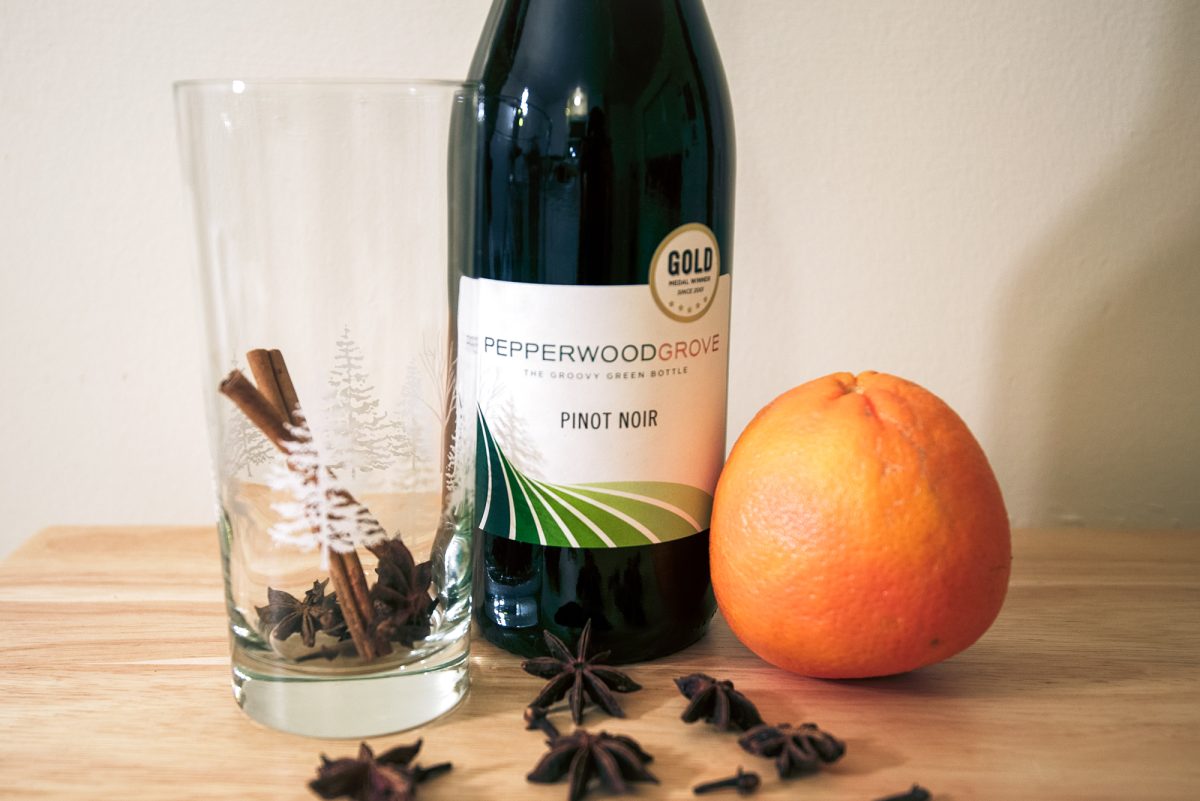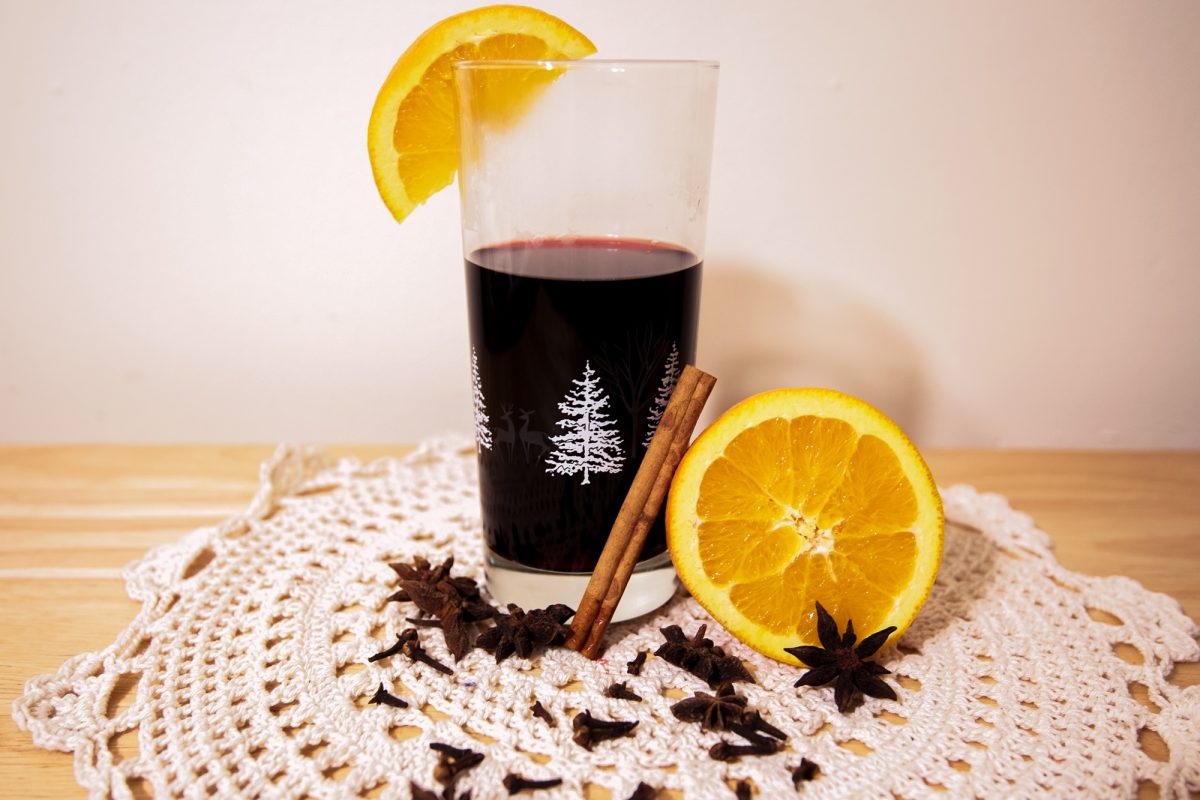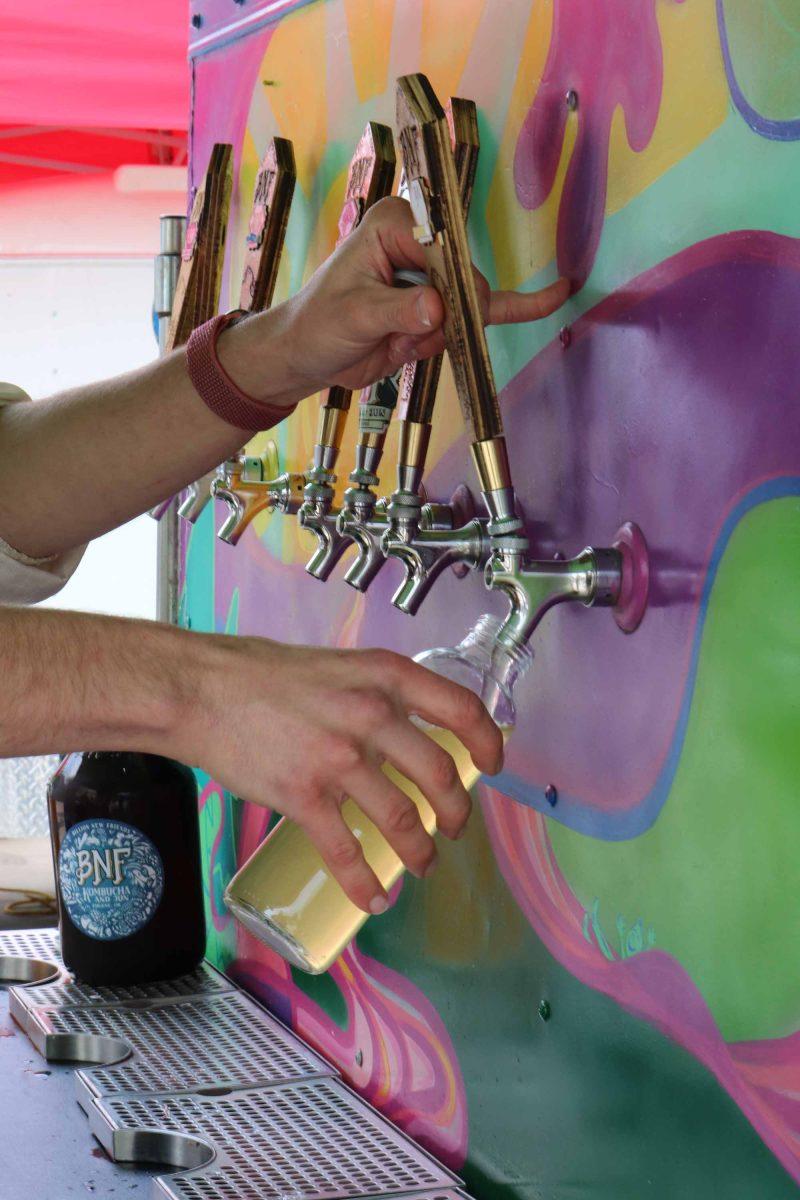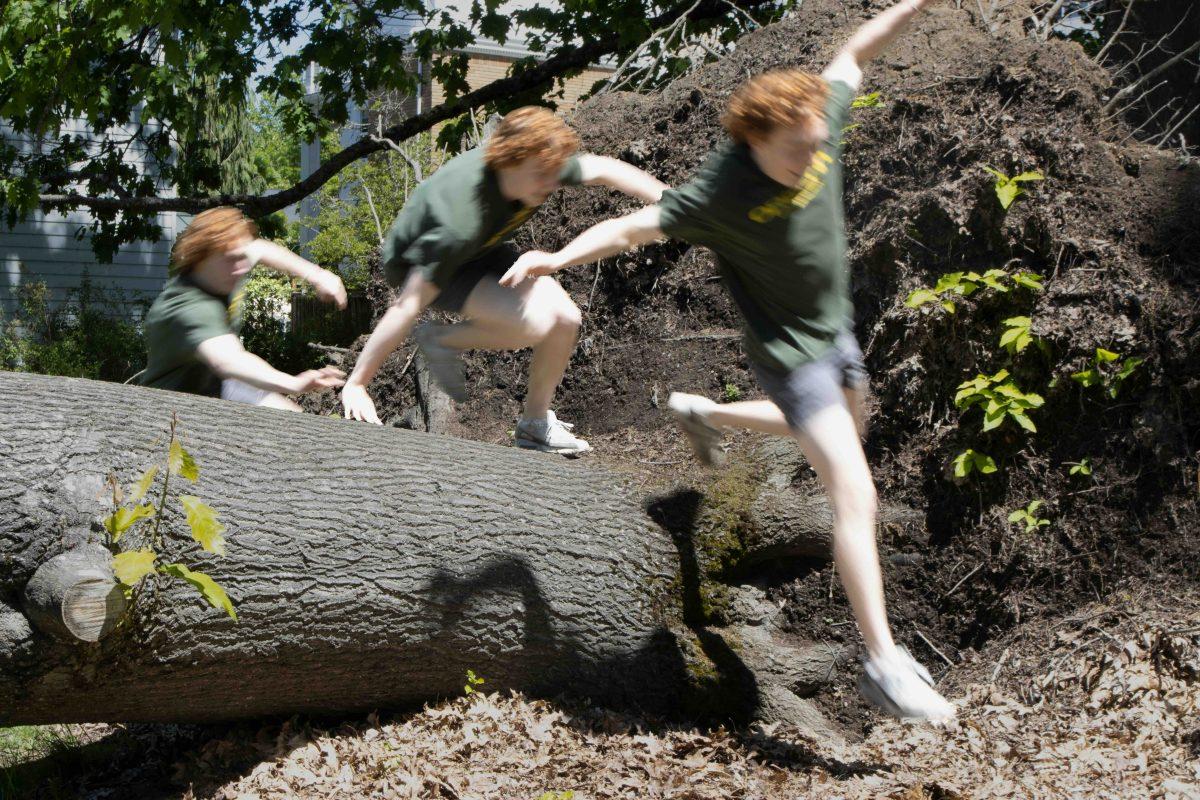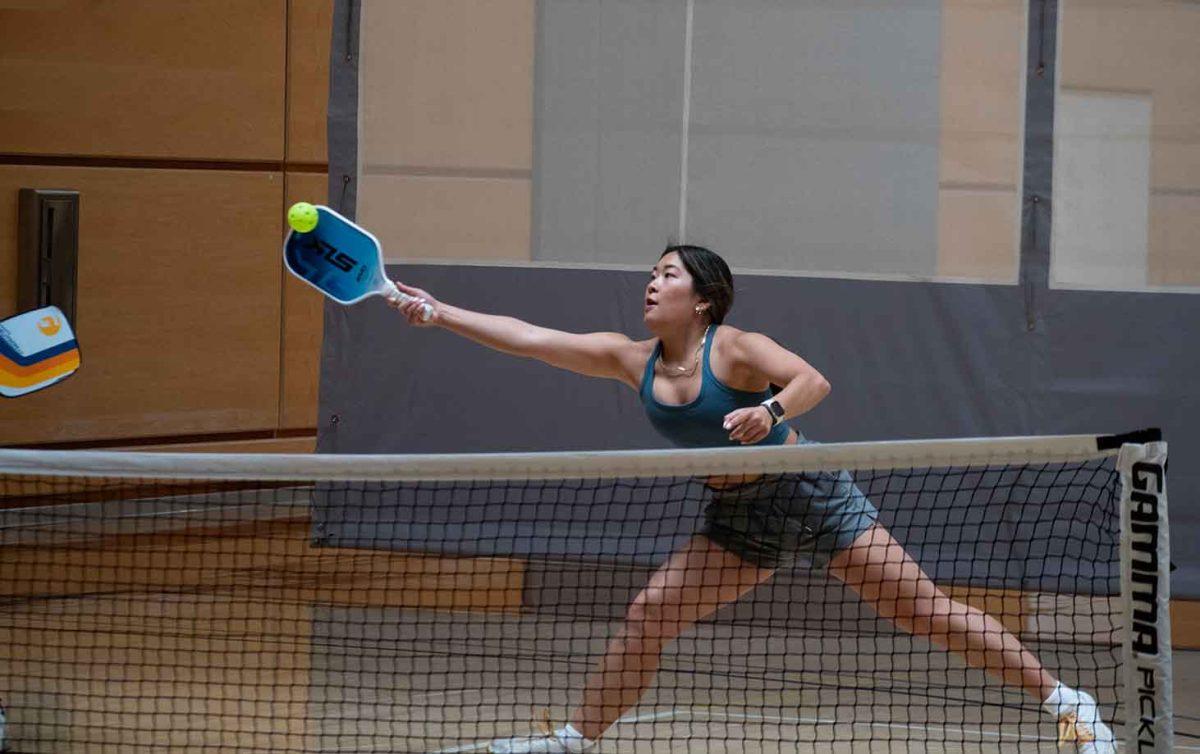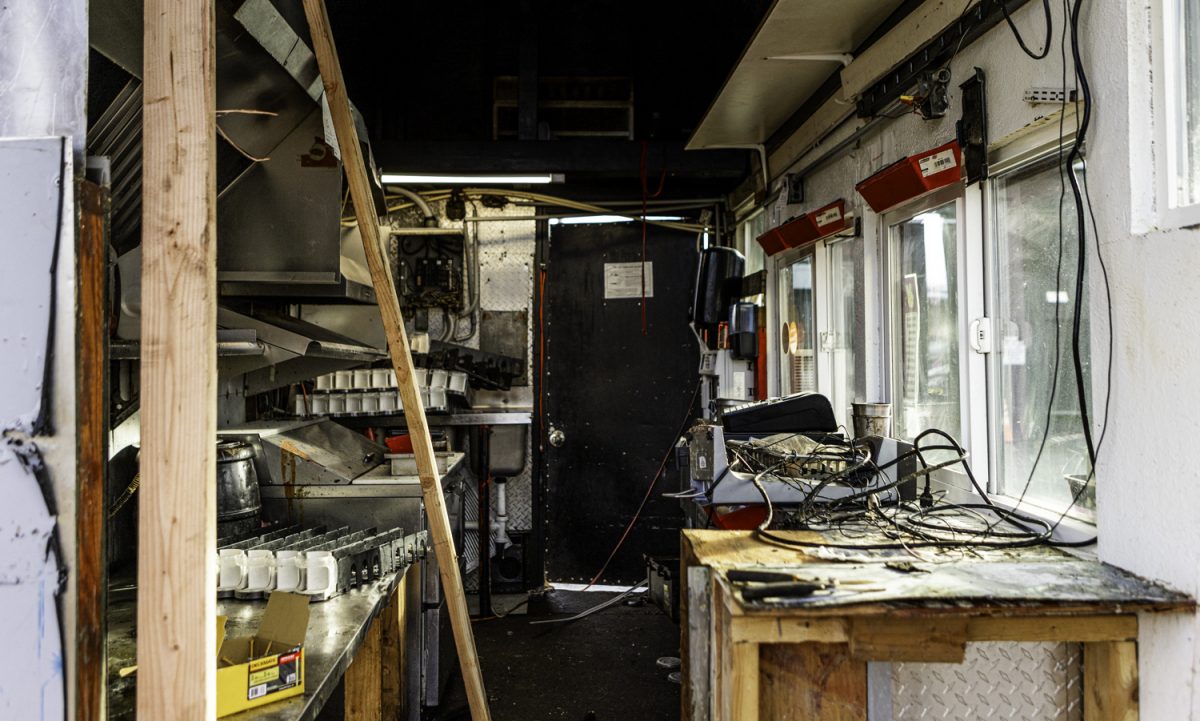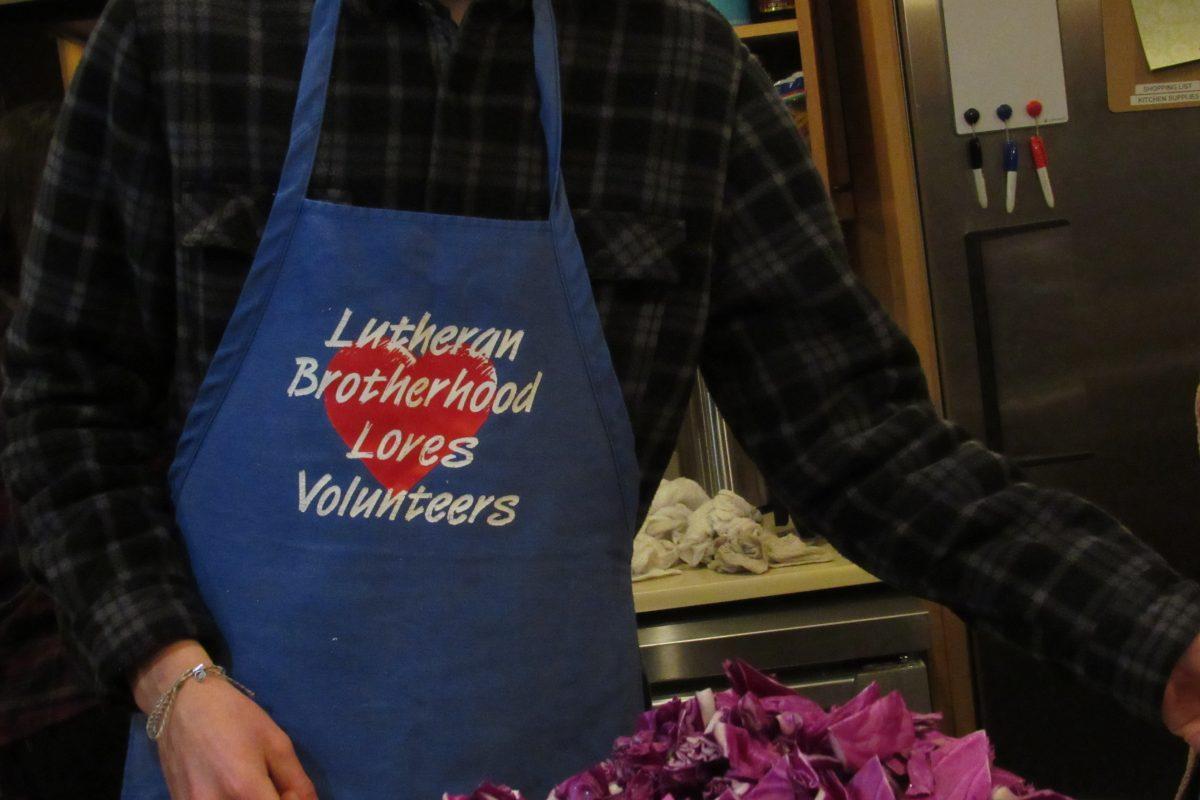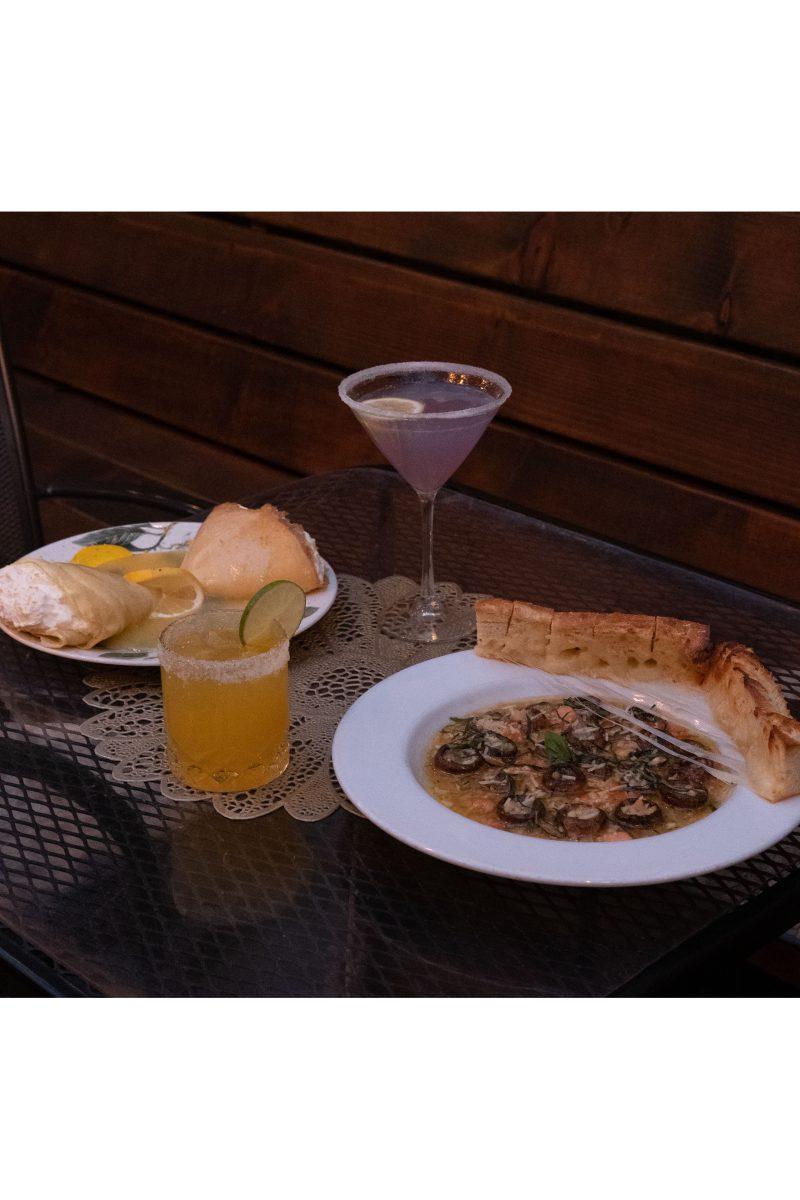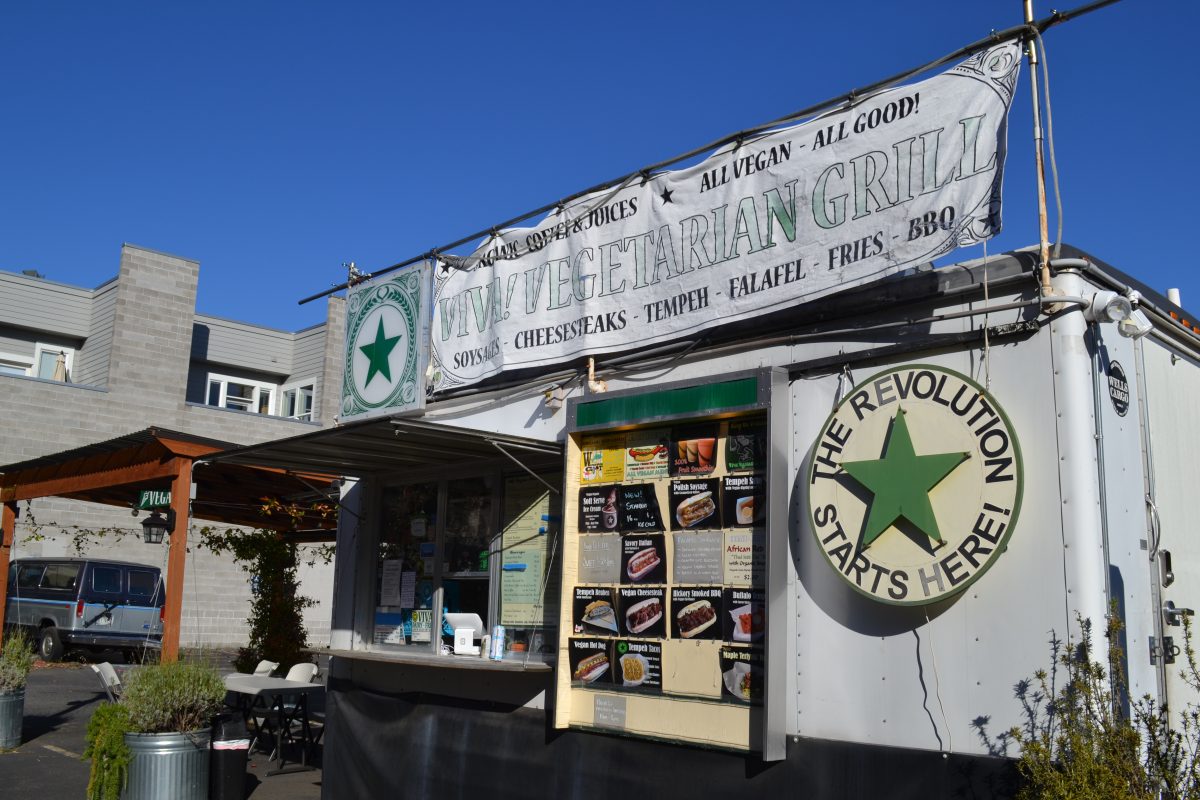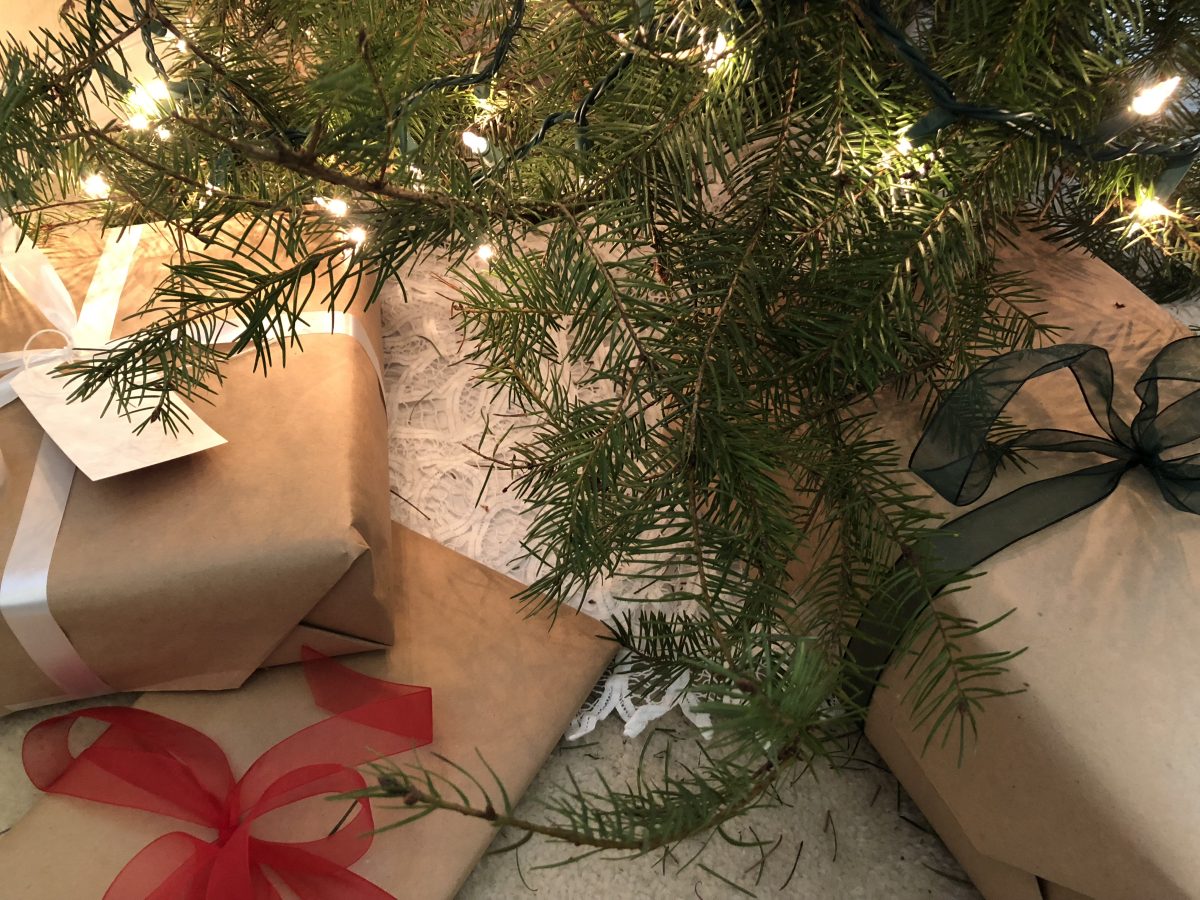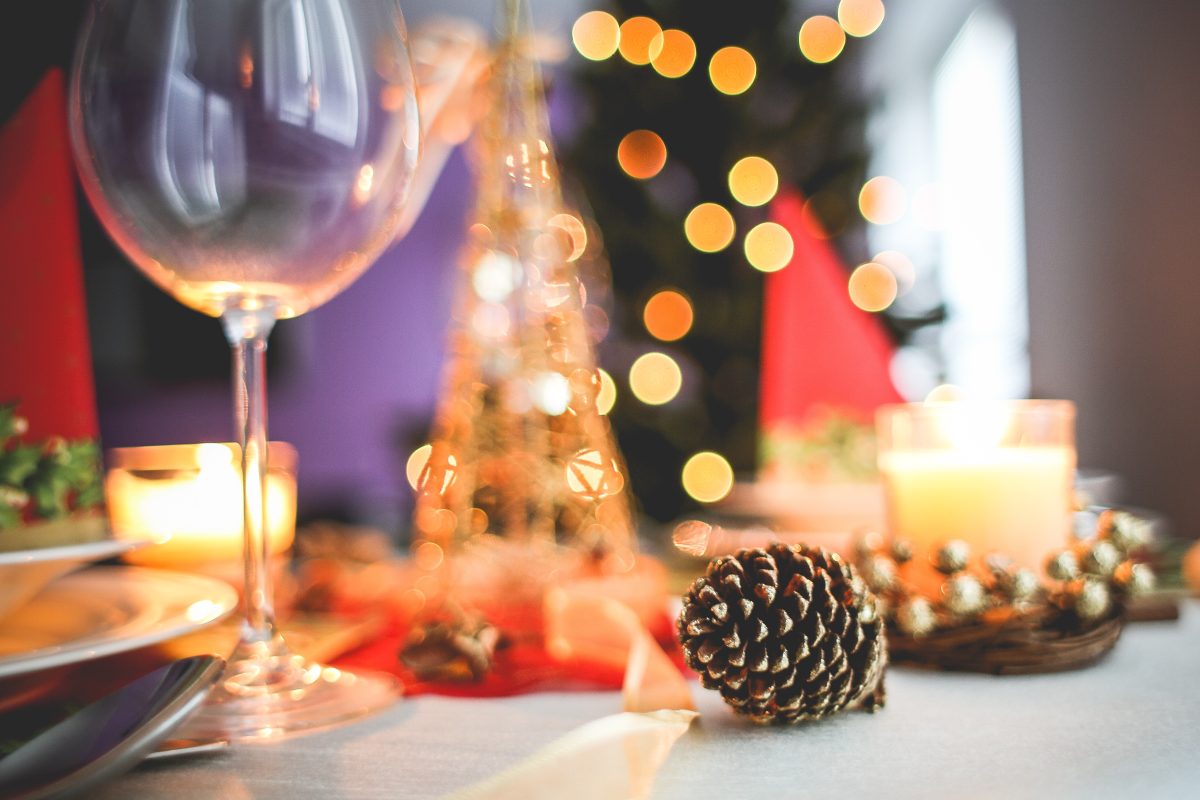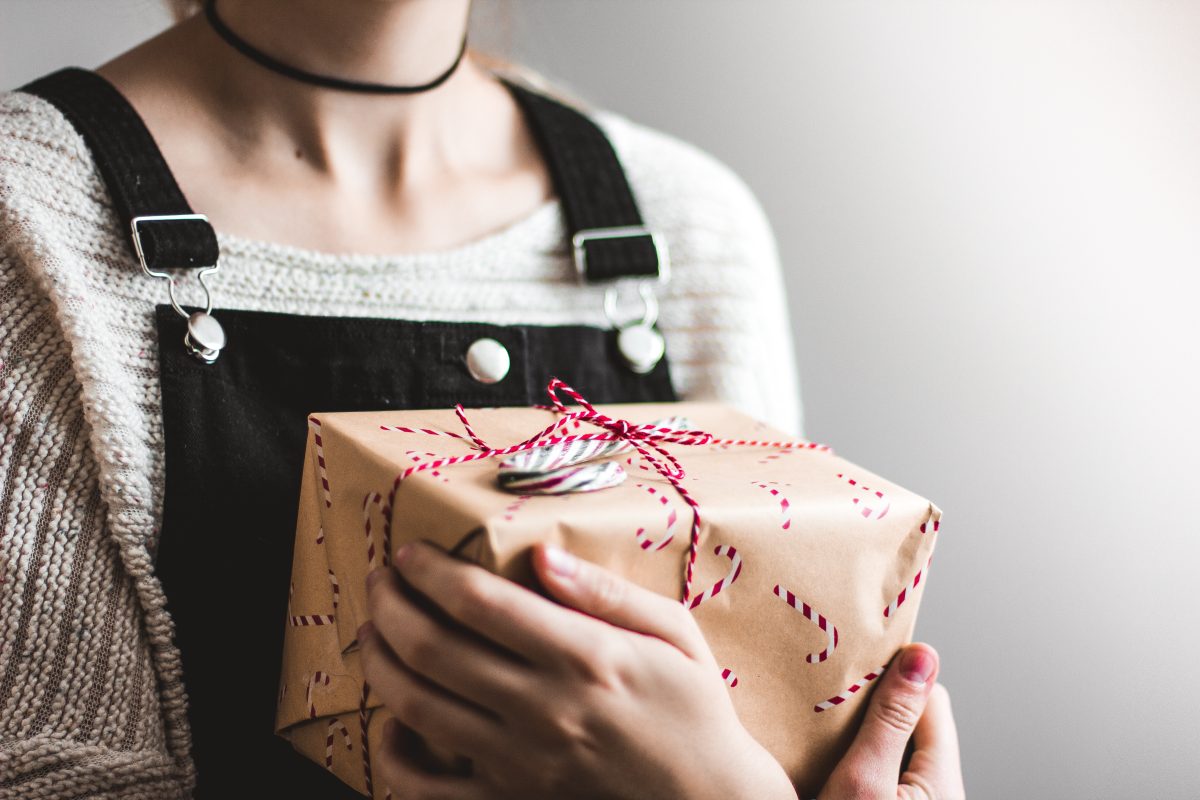What do you think of when you think of holiday foods? Is it the smell of a Christmas ham? The icing sticking to your fingers as you decorate cookies for Santa? Whether based on family traditions or what we see in the media, we all have preconceived notions of what the holidays look (and taste) like. Consider changing things up with these traditional holiday meals from around the world.
Glühwein (Germany)
Warm, spiced wine is the perfect way to defrost during the cold winter. While many regions have their own rendition, German glühwein is a simple and easy mulled wine sure to impress your whole (21+) family.
What you need:
-
1 bottle red wine (pinot noir or merlot work well)
-
1 lemon, juiced
-
5 Tbsp sugar
-
3 whole cloves
-
1 cinnamon stick
-
2 star anise
-
1 orange (for garnish)
What you do:
-
Put ingredients, except for the orange, into a large pot and bring to a light simmer. Cover, reduce heat, and simmer for 1 hour.
-
Turn the heat off and let sit for 30 minutes. Remove cloves, cinnamon and star anise. Serve warm with an orange slice (if desired).
Bibingka (Philippines)
This Filipino breakfast rice cake is commonly enjoyed during the Christmas season – and if you’ve ever been to the Philippines, you know that it begins as early as September! Why not take some recipe notes from the country with arguably the most Christmas spirit?
What you need:
-
1 cup rice flour
-
2 ½ tsp baking powder
-
⅛ tsp salt
-
3 Tbsp butter
-
1 cup granulated sugar
-
1 cup coconut milk
-
¼ cup whole milk
-
½ cup grated cheddar cheese
-
3 raw eggs
-
1 salted duck egg (optional)
-
Banana leaf
What you do:
-
Preheat oven to 375°F.
-
Mix rice flour, baking powder and salt in a bowl and set aside.
-
Cream butter. Gradually add in sugar, then add the raw eggs, beating until well incorporated.
-
Gradually beat in rice flour mixture. Pour in the coconut milk and whole milk and beat for an additional 1-2 minutes.
-
Cut the banana leaf to fit into a cake pan, and pour in the mixture.
-
Bake for 15 minutes. Remove from oven and top with sliced, salted egg and grated cheese. Return to oven and bake for another 15-20 minutes.
-
Remove from oven and let cool before brushing with butter and sprinkling sugar on top, and serve.
Latkes (Israel)
Latkes are a quintessential Hanukkah fare. This Jewish celebration begins December 22 and ends December 30, so you’ll have eight days to eat as many potato pancakes as you can!
What you need:
-
2 large russet potatoes, shredded
-
1 large onion, shredded
-
2 eggs
-
½ cup all-purpose flour
-
2 tsp salt
-
1 tsp baking powder
-
½ tsp black pepper
-
Oil (for frying)
What you do:
-
Combine shredded potatoes and onion. Wring out as much liquid as possible using a clean dish towel or cheesecloth.
-
Transfer the potato and onion mixture to a bowl and add the eggs, flour, salt, baking powder and pepper. Mix.
-
Pour about ¼ inch of oil into a pan over medium-high heat. Once the oil is hot, drop a heaping tablespoon into the hot pan. Use a spatula to flatten the drop into a disc. After about 5 minutes (or when the edges are brown and crispy), flip and cook for another 5 minutes (until the second side is browned).
-
Transfer the latkes onto a towel-lined plate and repeat with remaining batter, cooking in batches.
Toshikoshi Soba (Japan)
End the year right with this delicious Japanese New Year’s Eve tradition. As with any noodle soup, good broth is paramount, so snag the best ingredients at your local Asian food market, like Sunrise Asian Food Market here in Eugene. This recipe is toshikoshi soba at its simplest form, but you can change it up with a variety of toppings.
What you need:
-
3 cups water
-
1 piece dried kelp
-
1 cup dried bonito flakes
-
1 Tbsp sake
-
2 Tbsp mirin
-
2 Tbsp soy sauce
-
¼ tsp salt
-
7 oz dried soba (buckwheat) noodles
-
2 green onions, thinly sliced
What you do:
-
Soak the kelp in water overnight.
-
Add the kelp, and the water it’s been soaking in, to a saucepan. Over medium-low heat, slowly bring to a boil, as this will allow for the most flavor. When it’s almost boiling, remove the kelp and discard.
-
Add the dried bonito flakes and simmer for 30 seconds before turning off the heat. Let sit for 10 minutes.
-
Drain the flakes and discard them, reserving the broth in a bowl.
-
Return broth to saucepan and add the sake, mirin, soy sauce and salt. Bring to a simmer.
-
In a separate pot, cook the soba noodles according to package instructions. Drain the noodles and rinse with cold water.
-
Put a serving of noodles in a bowl and pour broth over them. Top with green onions and serve.
Pictured: Glühwein, a traditional Christmas wine from Germany


